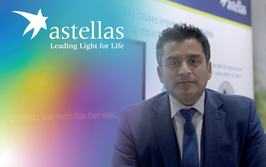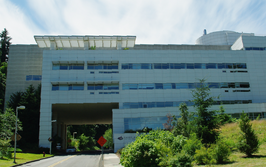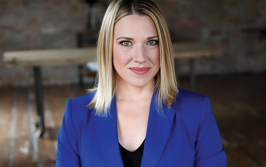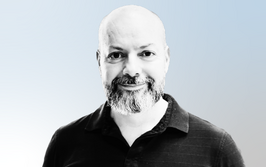Daniel Palanker
The Power List 2018

Daniel Palanker
Professor, Department of Ophthalmology and Director of The Hansen Experimental Physics Laboratory at Stanford University, Stanford, CA, USA
With more than 50 patents to his name, Daniel Palanker is a crucial innovator for ophthalmology. His research led to the development of the Pulsed Electron Avalanche Knife (Plasma Blade), the Pattern Scanning Laser Photocoagulator (PASCAL), the OCT-guided femtosecond laser system for cataract surgery (Catalys), and the neural stimulator for enhanced tear secretion (TrueTear). His research focuses on optical and electronic technologies for diagnostic, therapeutic, surgical and prosthetic applications in ophthalmology. His photovoltaic retinal prosthesis (PRIMA) aiming at restoration of central vision in patients with advanced AMD has entered its first clinical trial. He is also working on interferometric imaging of neural signals, electronic control of organs and, of course, laser-tissue interactions, their mechanisms and therapeutic applications.
What have been your career highlights?
“I’m very proud to see many of our developments in clinical practice, and a few more in clinical trials. The longest and the most difficult project so far was the development of photovoltaic retinal prosthesis, PRIMA. I’m very excited to see excellent initial results with this system in patients with advanced AMD.”
What are your goals for the future?
“With the retinal prosthesis, making implants with much smaller pixels. Ultimately, we hope to achieve single-cell resolution, which might restore visual acuity at a level better than 20/80. We are also working on other approaches to restoration of sight in retinal degeneration.”
What has been your most successful collaboration?
“Regarding the retinal prosthesis, we are fortunate to work together with Pixium Vision, a French company which commercializes this technology. We also have a long-standing and very productive collaboration with Alexander Sher at UCSC and Keith Mathieson at the University of Strathclyde in the UK. I’m also working with Topcon, which acquired our PASCAL laser, on further advancement of this technology, in particular, on non-damaging laser therapy of the macula.”
What are your plans for the next 10 years?
“In addition to photovoltaic restoration of sight, we are working on transplantation of photoreceptors – and the results are extremely encouraging!”
What drives you day-to-day?
“Feeling that life is short, and I hope to finish what I started before the dementia takes over. Expanding the boundaries of our understanding of the world and solving the most pressing medical problems fills me with the sense of purpose in life. It’s amazing that I’m also paid for doing science – since it’s my hobby!”
Who have been your mentors?
“The most influential mentor in my career was Mark Blumenkranz, a former Chair of the Department of Ophthalmology at Stanford. With Mark, we brought six products to market, with the total value of our exits exceeding a billion dollars.”













